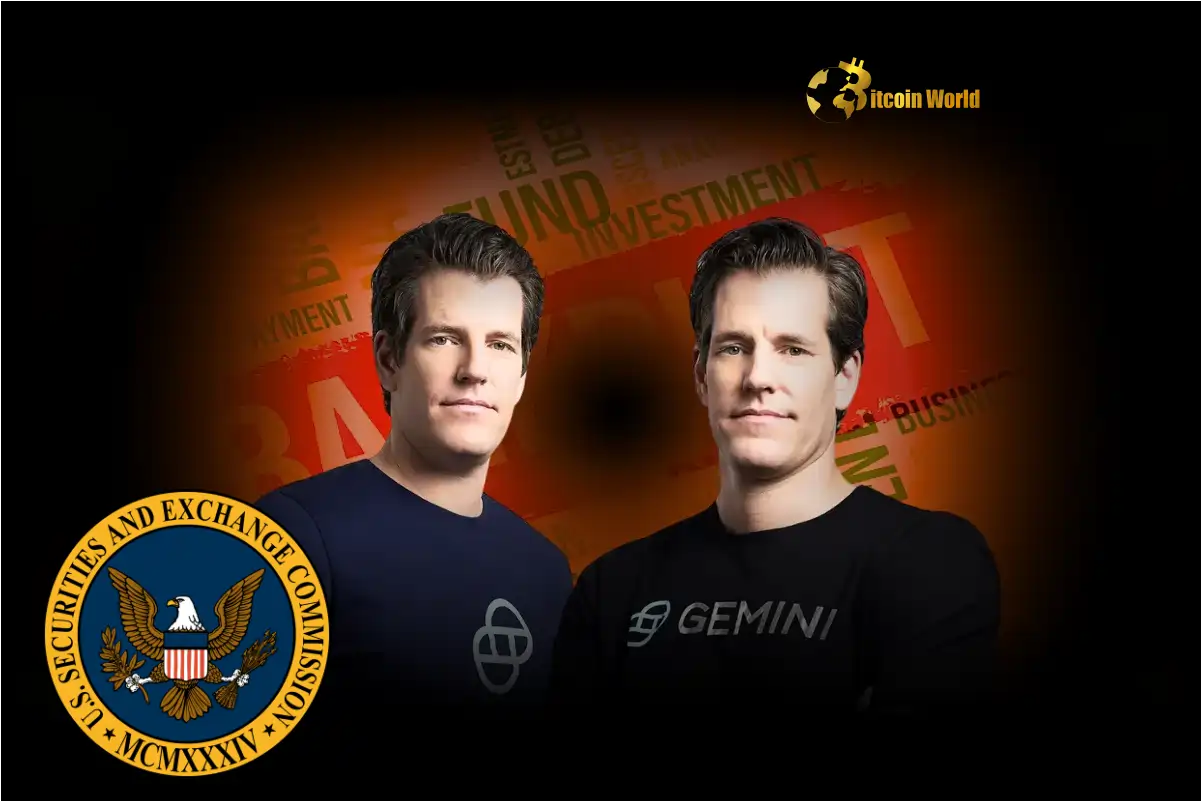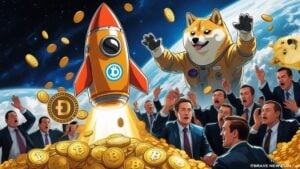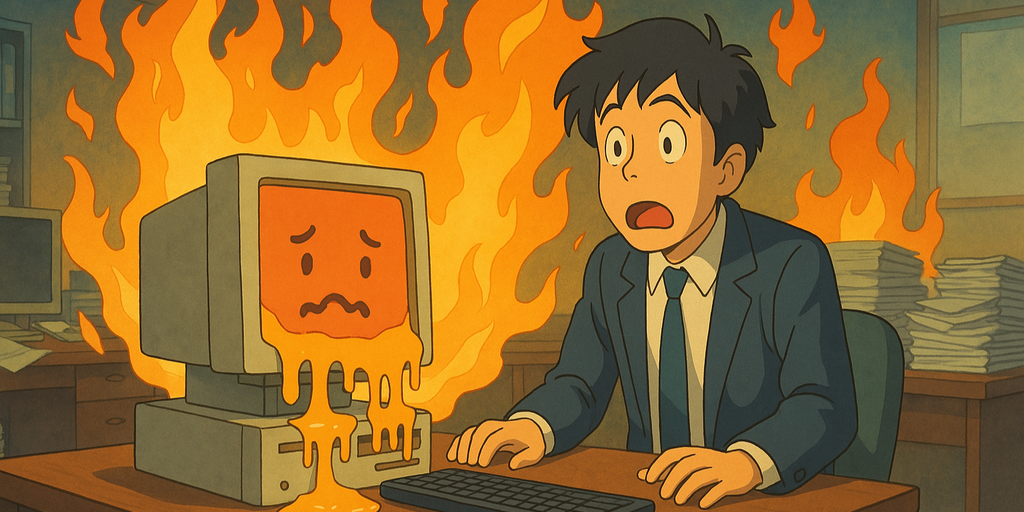OpenAI’s GPUs are buckling under unprecedented demand for its new image generation feature, forcing the company to implement emergency limits as users create millions of anime-inspired illustrations. The company’s computing infrastructure has been pushed to the breaking point just days after rolling out the capability in its latest GPT-4o model.
The image generator, which transforms text prompts or existing photos into detailed artwork, has sparked particular enthusiasm for Studio Ghibli-style transformations. Over the last few days, users have flooded social media with pastel-colored landscapes and whimsical character portraits reminiscent of films like “Spirited Away” and “My Neighbor Totoro.”
“Can y’all please chill on generating images. This is insane, our team needs sleep,” OpenAI CEO Sam Altman whine-tweeted early today.
That came on the heels of his initial complaint Thursday—“our GPTs are melting”— after the new image-generating capabilities had rolled out and some genius discovered that you could take any photo and turn it into a cutesy Ghibli-style image.
During the ensuing weekend, more and more people tried to Ghblify everything from 9/11 photos to Adolf Hitler. The viral phenomenon spread beyond tech enthusiasts to the White House, which published a Ghibli-style meme making fun of a Latin American woman arrested for drug trafficking.
Finally, OpenAI shut off access to its image generator in some areas, while imposing rate limits of 3 generations per hour for others. That didn’t go over well with users who complained about arbitrary limits and even hallucinated restrictions.
The situation seemed to get a bit more under control Monday with OpenAI announcing that free users—who previously had more freedom of generations with the previous DALL·E 3 image generator—would be limited to just three images per day, if and when the feature becomes publicly available.
Altman may be crying all the way to the bank. Ghibligeddon apparently drove more than 1 million people to sign up for ChatGPT in one hour Monday, though how many of those subscribed to the premium service was not disclosed. Search data shows that as soon as the new model was released last week, the term “ChatGPT” briefly overtook “Google” in Google Trends.
So why is Ghibligeddon “melting” OpenAI’s servers? GPT-4o’s image generation differs fundamentally from previous AI art tools, using more computing power. That’s because most image generators use “diffusion models” that start with a bunch of random pixels, and change them until they form a real representation of an image.
GPT-4o employs an autoregressive approach that generates images pixel by pixel in sequence—predicting what pixel comes next—in the same way it does text-based reasoning. For images, this technique produces more accurate details and better text rendering. But it’s a huge lift for OpenAI’s GPUs.
It’s kind of like the difference between creating an oil painting and creating a tile mosaic.
Each image request triggers complex mathematical operations across many GPU cores working in parallel, consuming power and generating heat that threatens hardware if run continuously at maximum capacity.
The computing crunch comes at a challenging time for OpenAI financially. Despite Altman’s claims of the company “doing really great,” the AI unicorn reportedly loses billions annually, with projections suggesting these losses could reach $14 billion by 2026. The infrastructure demands of maintaining image generation capacity while continuing to develop new AI capabilities put additional pressure on the company’s resources.
And it’s unlikely that dealing with memes is the revolutionary use case that could make a multibillion dollar business profitable, but who are we to judge?
For now, users eager to transform their photos into Ghibli-style artwork may need to wait their turn as OpenAI works to strengthen its infrastructure. The company hasn’t specified when full capacity might be restored, saying only that the optimization work “hopefully won’t be long.”
Generally Intelligent Newsletter
A weekly AI journey narrated by Gen, a generative AI model.
Decrypt – Read More








